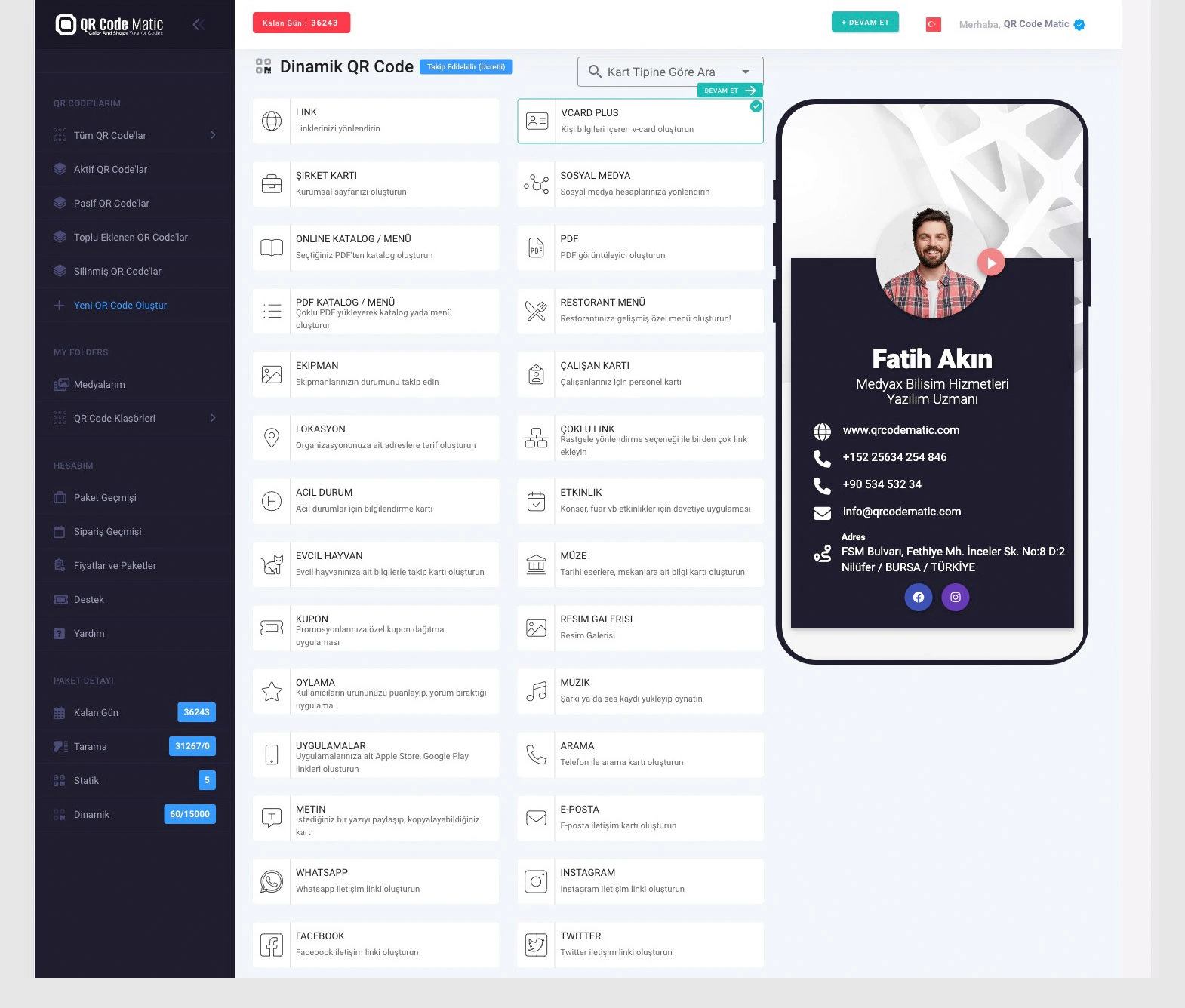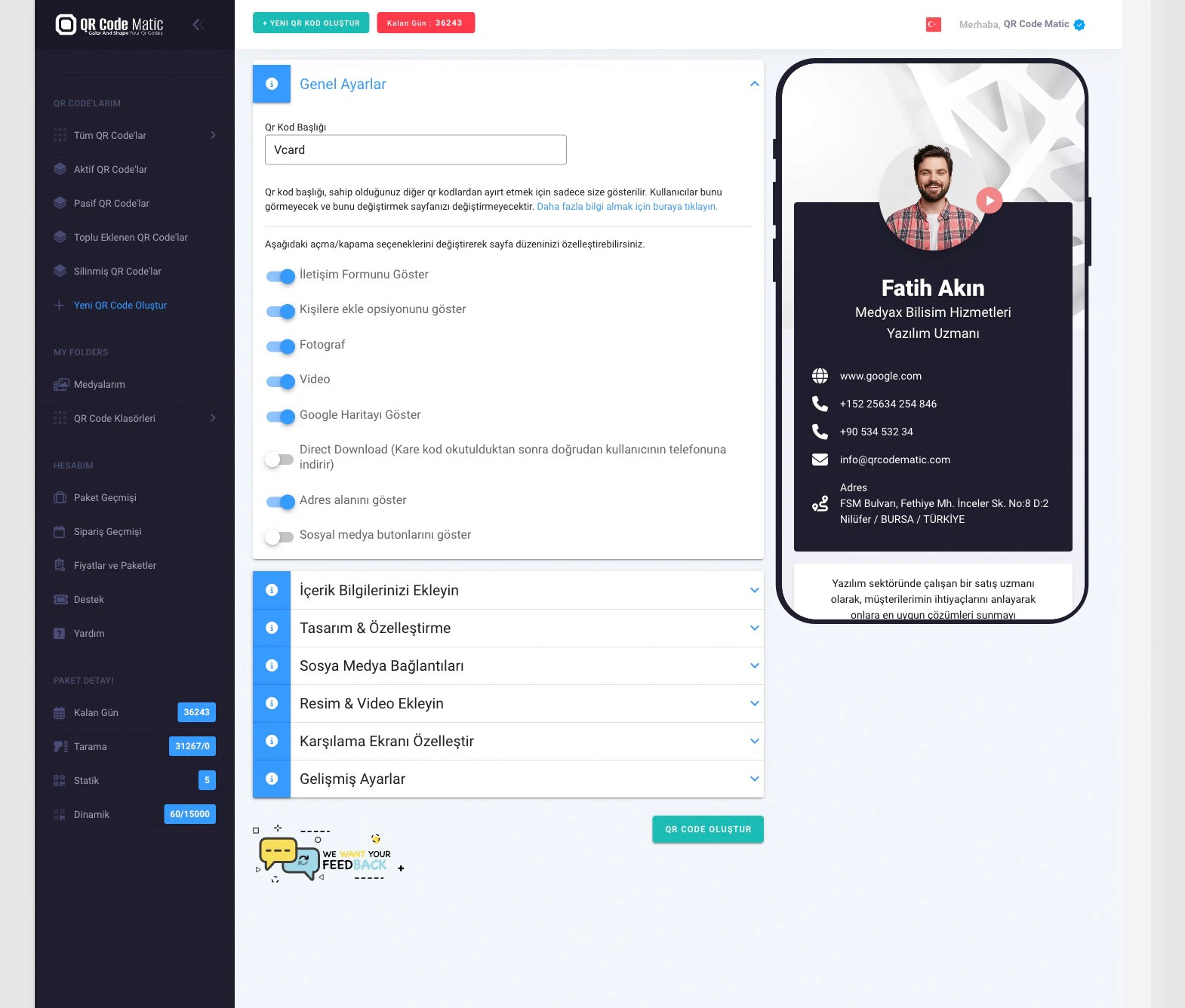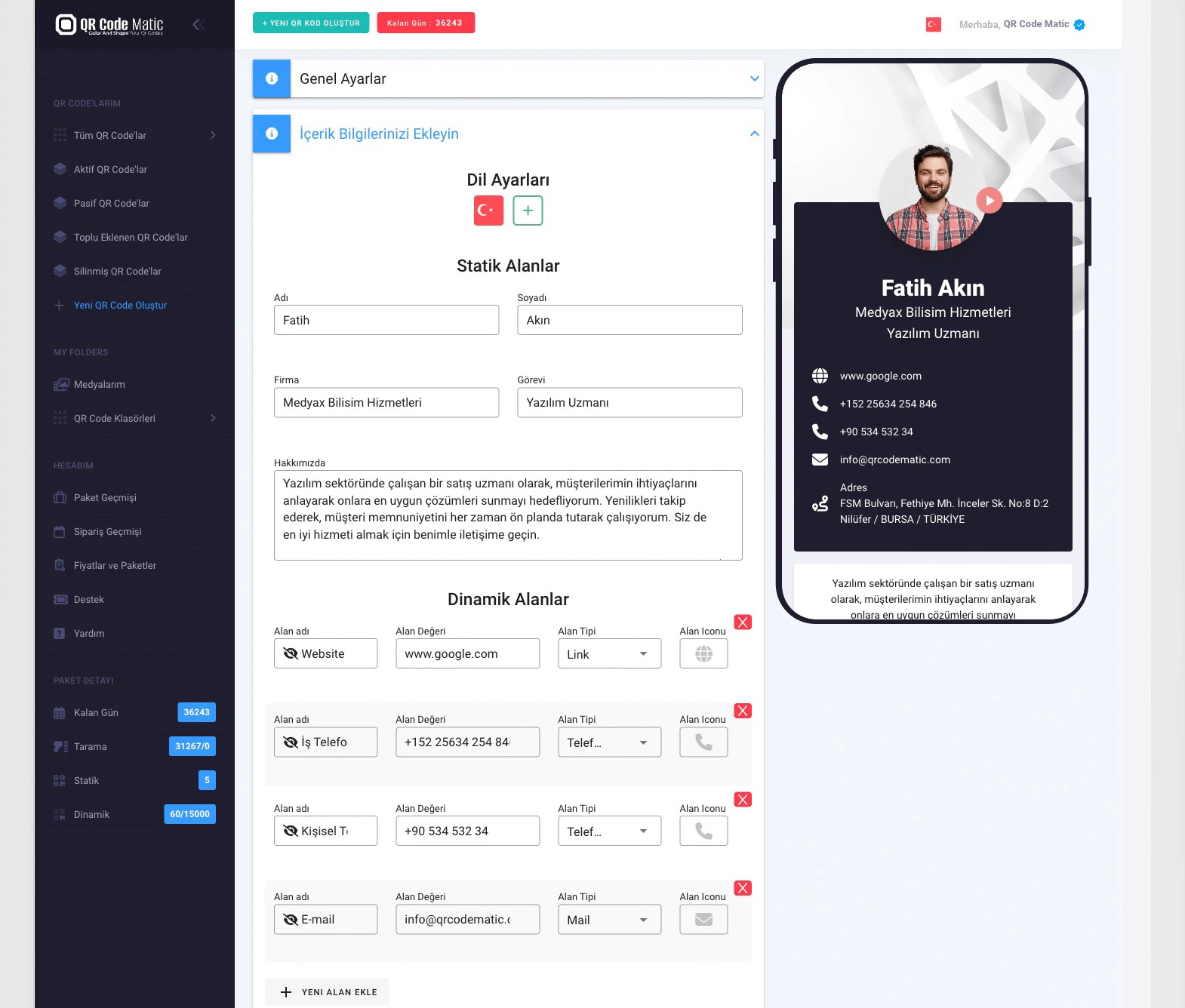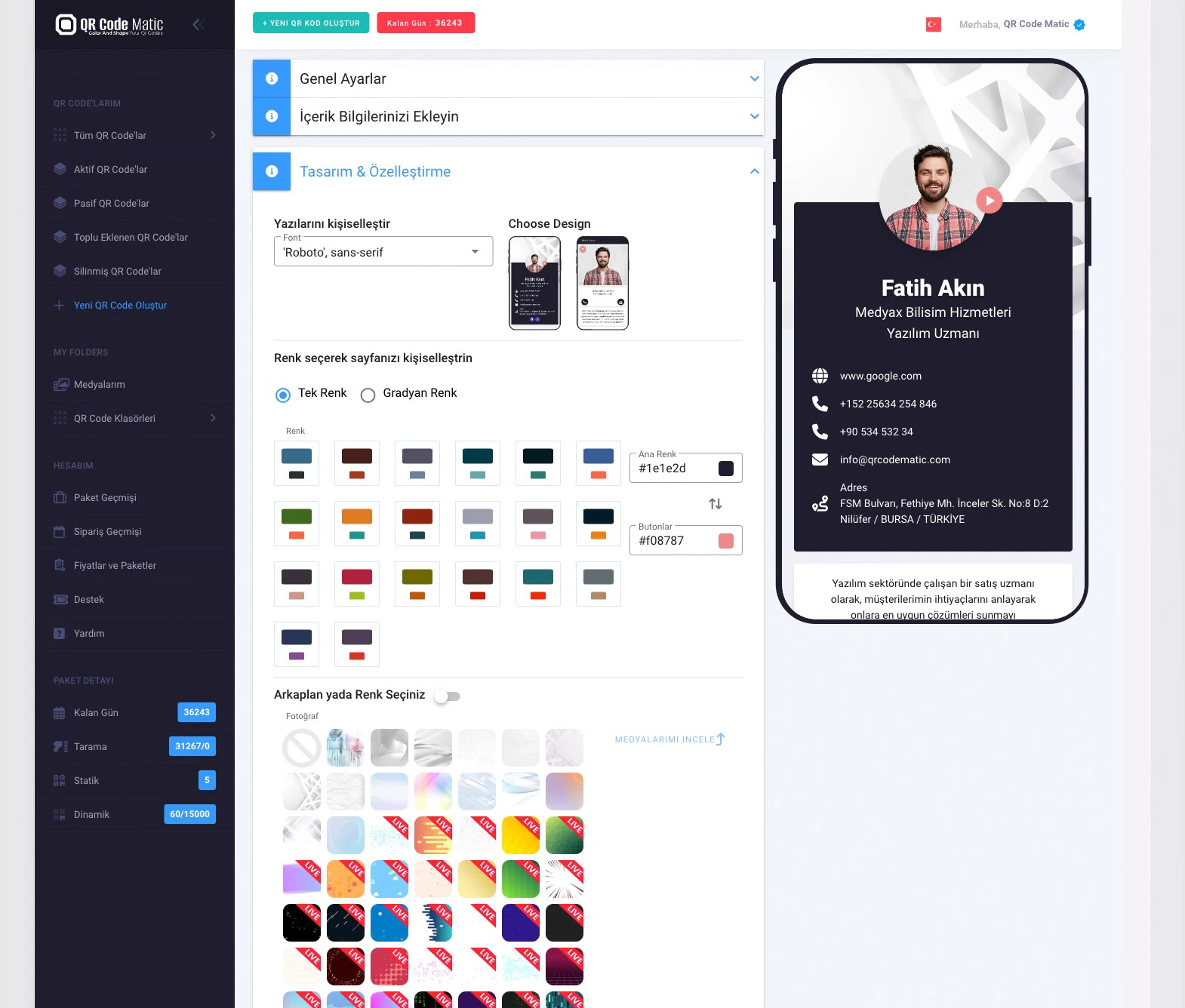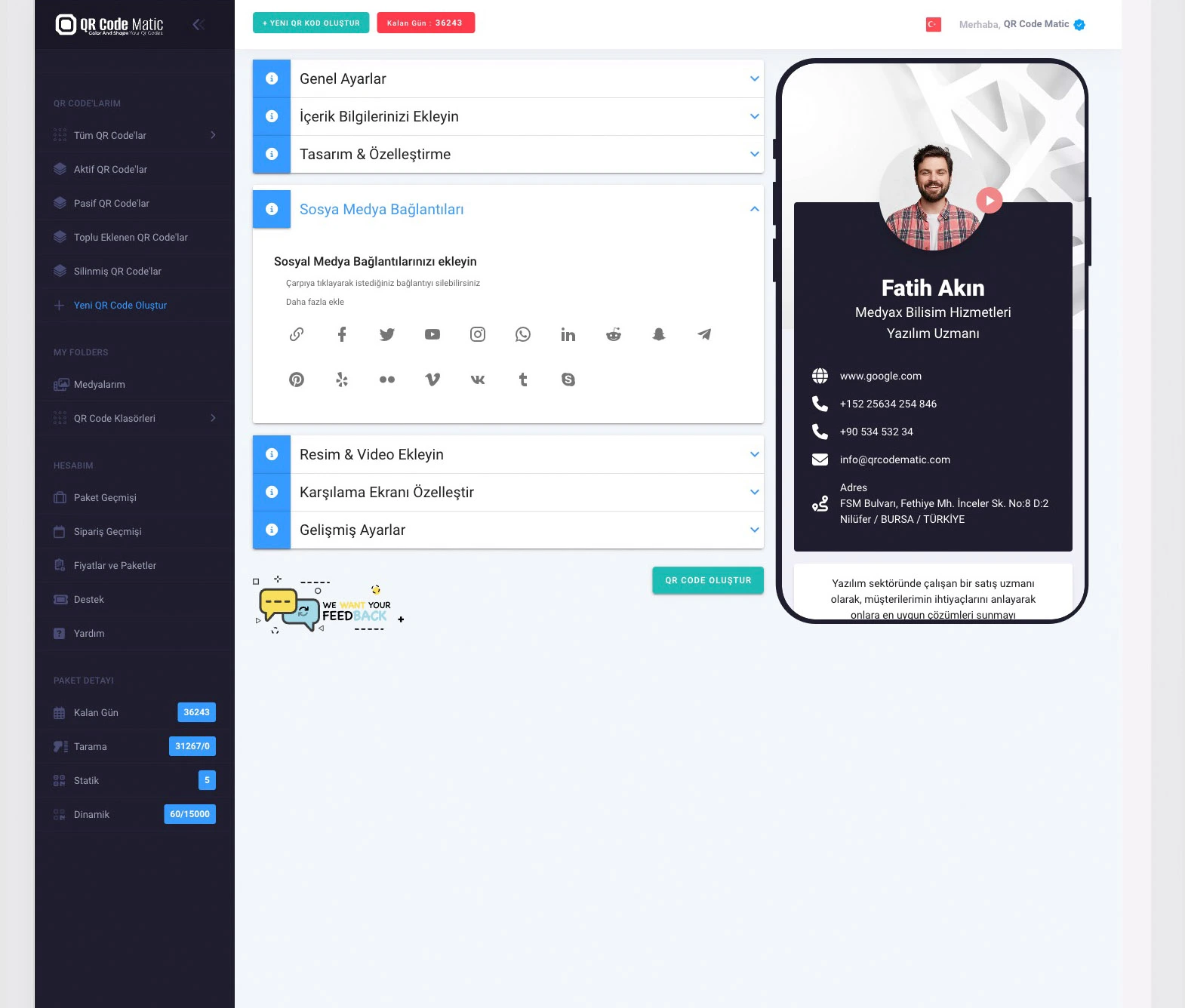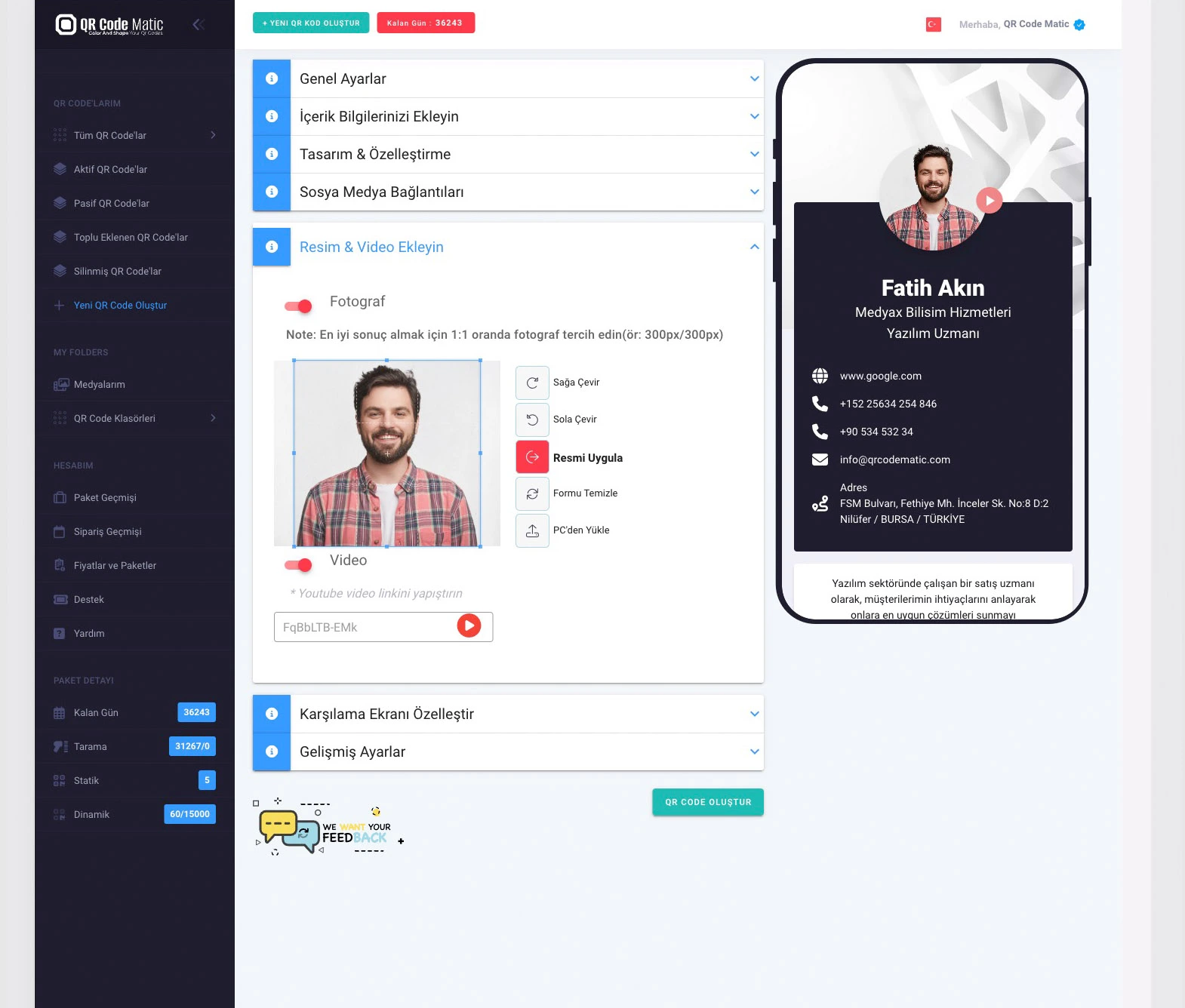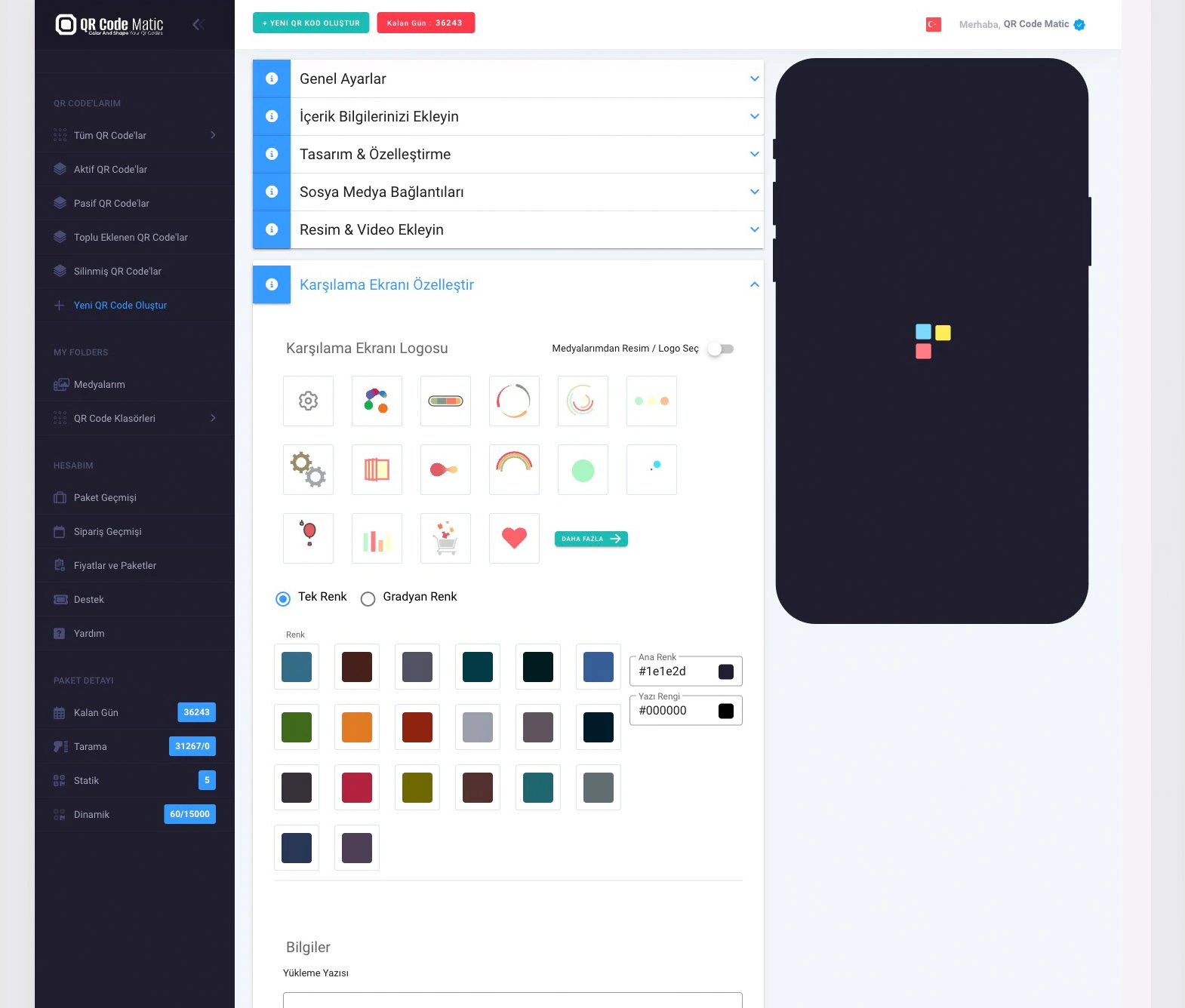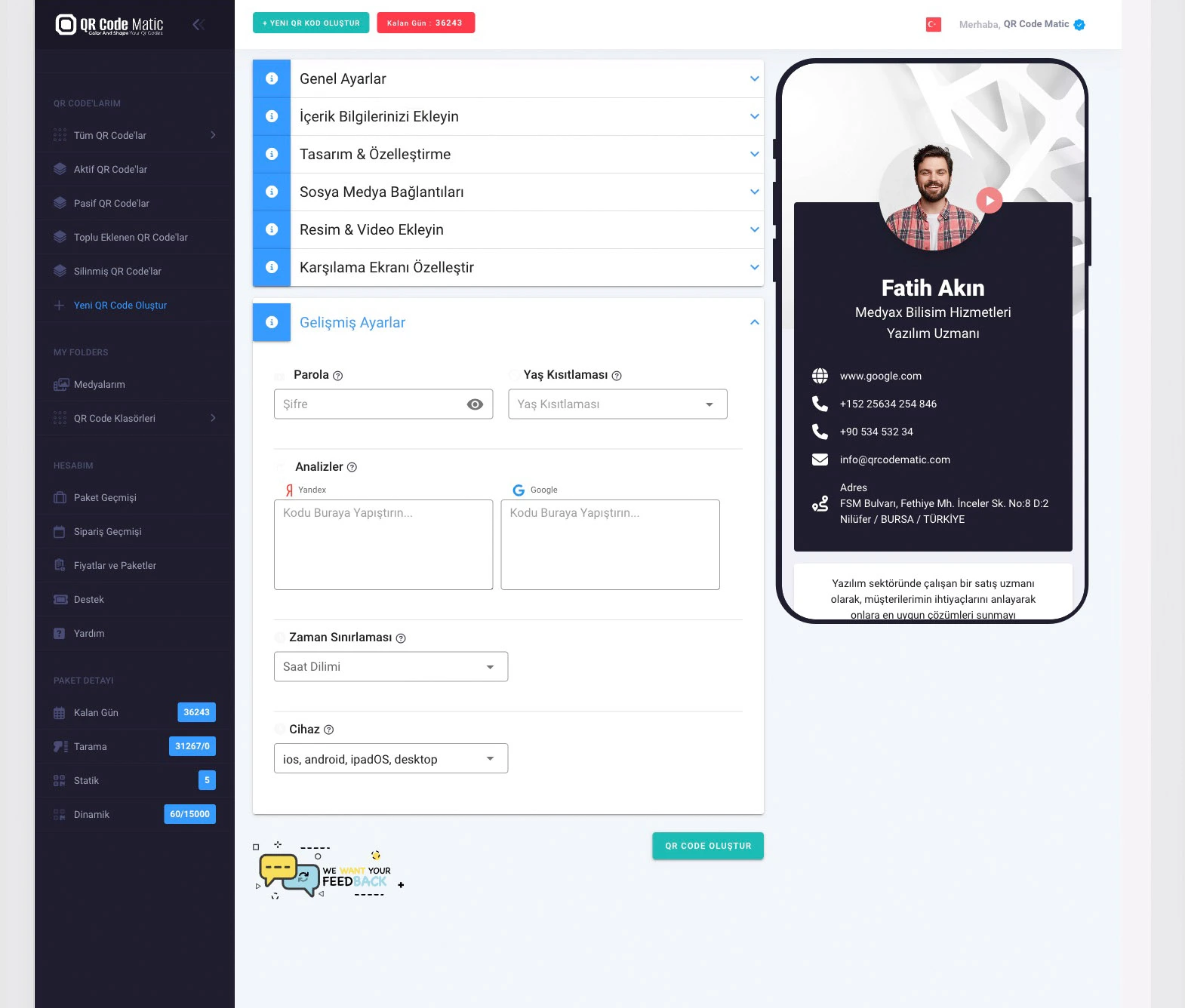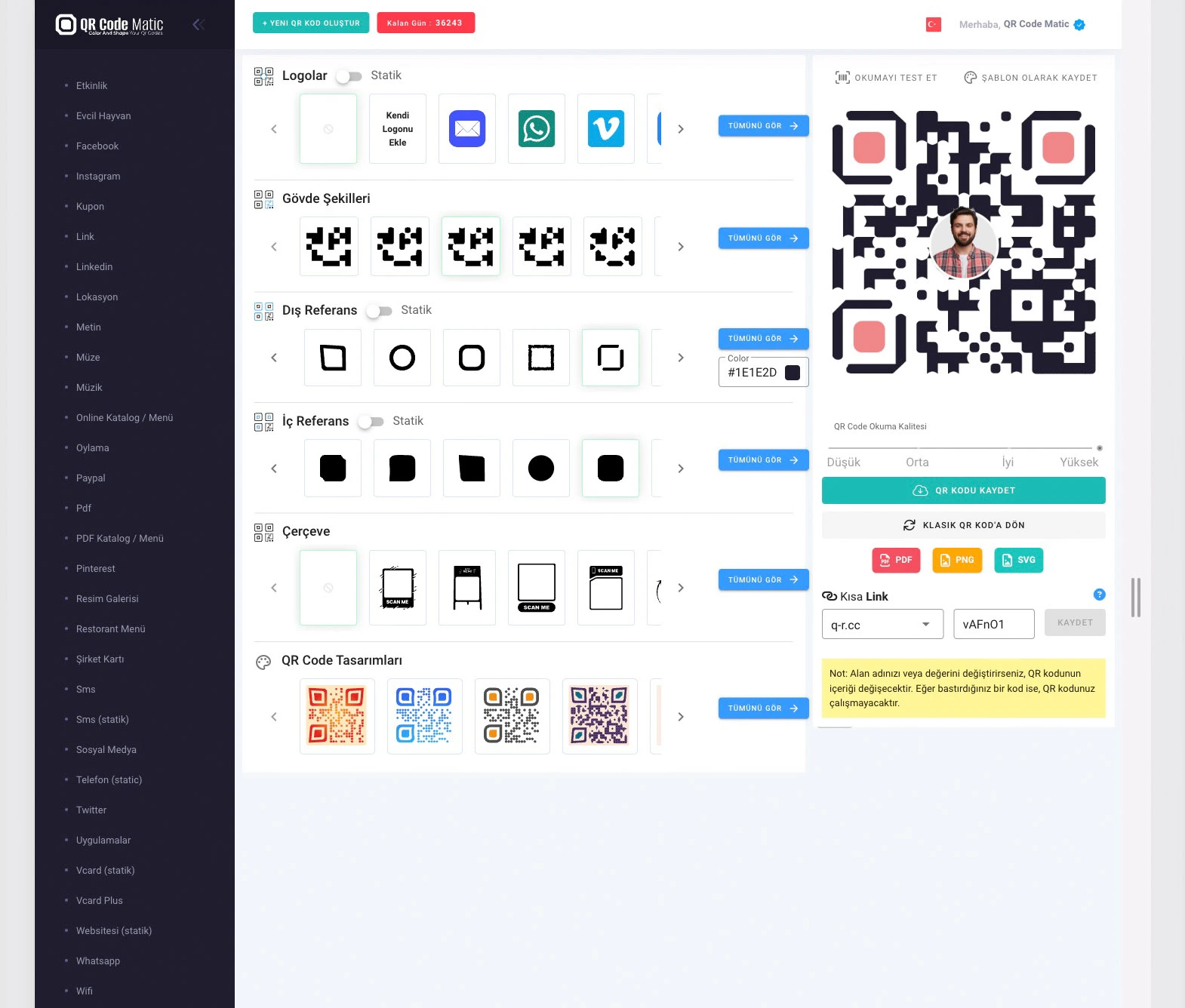QR codes printed on clothing tags have become increasingly popular as a means of providing consumers with detailed information about the product fabric, sustainability, fabric composition, fast purchasing options, and more. These small square codes offer a convenient and interactive way for consumers to access essential details about the clothing they are considering purchasing. Here are some key points to consider when discussing QR codes on clothing tags:
Enhanced Product Information: QR codes on clothing tags enable brands to provide consumers with comprehensive and in-depth product information. By scanning the QR code with a smartphone or a QR code reader app, customers can access details about the fabric used, manufacturing processes, care instructions, and any relevant certifications or sustainability initiatives. This empowers consumers to make informed decisions based on their values and preferences.
Sustainability and Ethical Considerations: QR codes can serve as a platform for brands to communicate their sustainability practices and ethical standards. Brands can include information about their sourcing policies, fair trade practices, eco-friendly materials, and initiatives to reduce environmental impact. QR codes create transparency and allow consumers to align their purchasing choices with their values.
Fabric Composition and Care Instructions: QR codes provide an efficient way to share fabric composition and care instructions. Customers can quickly access details about the fabric content, including the percentages of different materials used (e.g., cotton, polyester, etc.). Additionally, care instructions such as washing guidelines, ironing recommendations, and special care considerations can be easily communicated through the QR code, ensuring that customers properly care for their garments.
Fast Purchasing Options: QR codes can offer quick purchasing options, directing consumers to online stores or specific product pages where they can make a purchase. By scanning the QR code, customers can conveniently explore further product options, sizes, and colors, and proceed with a seamless online transaction. This bridges the gap between offline and online shopping experiences, providing convenience and ease for customers.
Consumer Engagement and Feedback: QR codes can be used to engage consumers and gather feedback. Brands can invite customers to leave reviews, provide ratings, or participate in surveys related to their products. This direct interaction allows brands to understand their customers' preferences, improve their offerings, and strengthen their relationship with the target audience.
Overall, QR codes on clothing tags serve as a valuable tool for brands to communicate product information, highlight sustainability efforts, provide fabric details, and offer fast purchasing options. By leveraging this technology, brands can empower consumers to make informed choices, promote transparency in the fashion industry, and foster a stronger connection with their customers.
